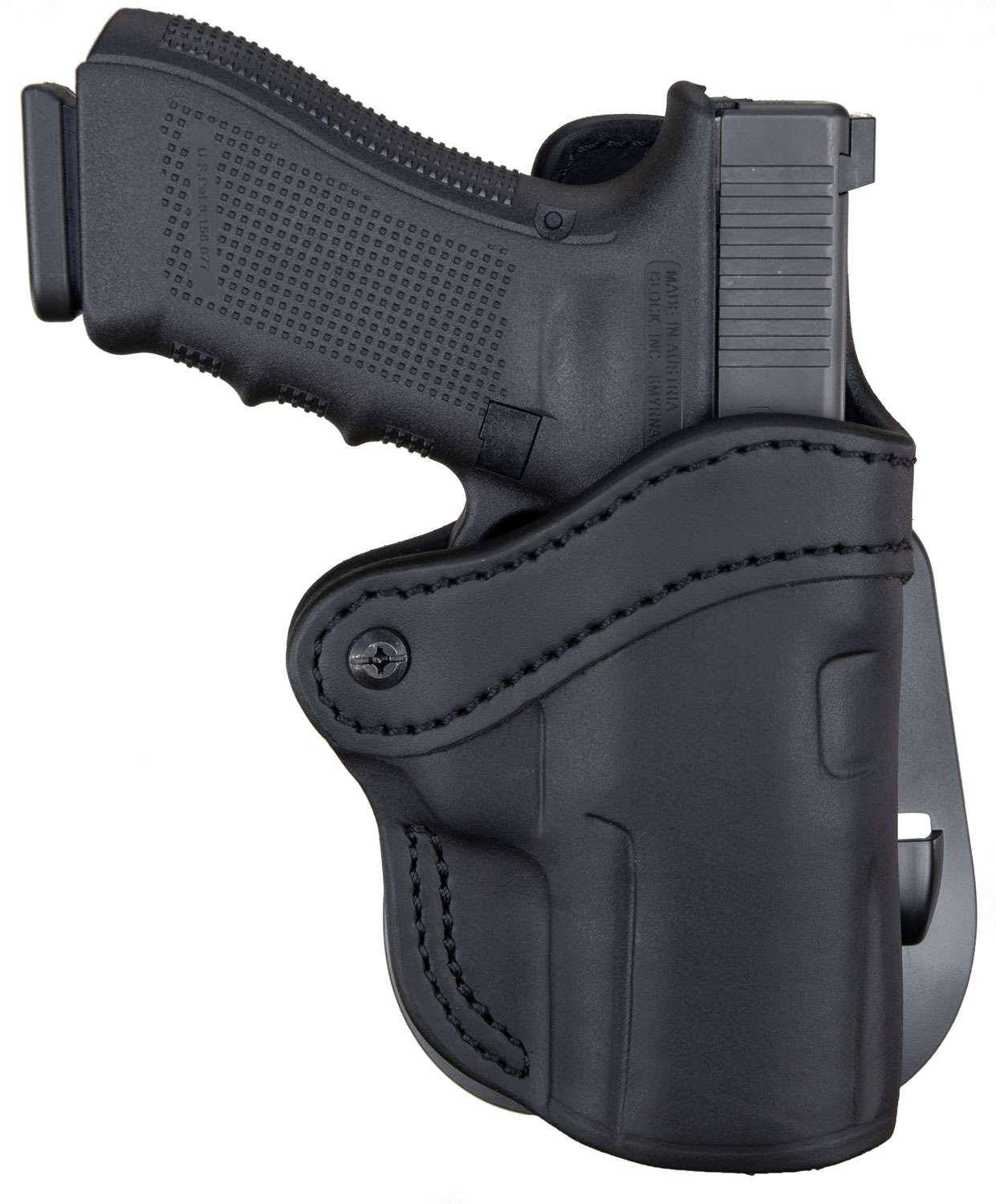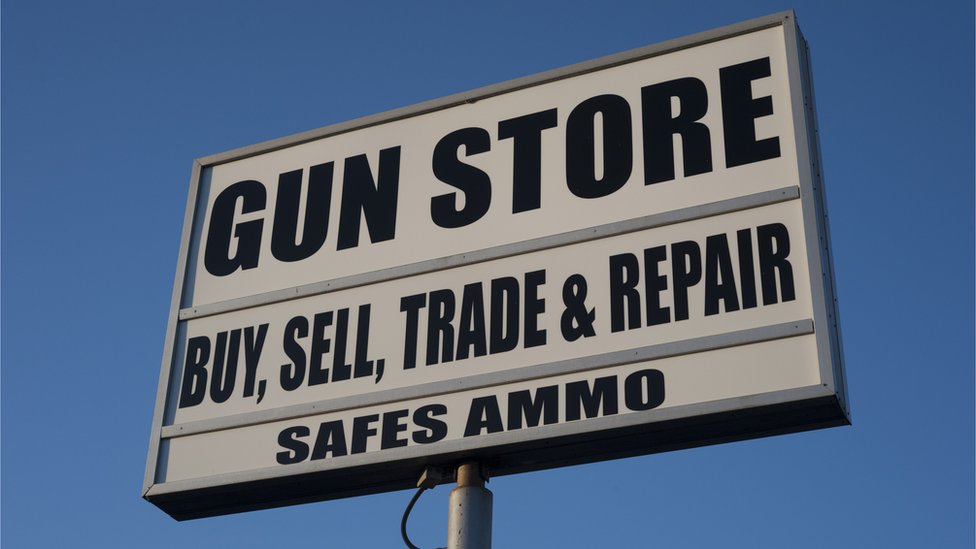


Those amendments, the first 10 ratified soon after the Constitution took effect, are what we call the Bill of Rights.

If the states would ratify the draft as it stood, the leaders of the first Congress would propose constitutional amendments to explicitly guarantee that the federal government could not trample upon basic rights and civil liberties, such as freedom of speech, press and religion and the right to keep and bear arms. If Congress had the power to arm the militias, did it also have the power to disarm them? Could the national government call up a state’s militia and send it out of state to suppress an insurrection elsewhere? (Apparently, it could.) Would a state whose militia had been thus nationalized and deployed elsewhere be defenseless? This was a special concern in southern states where the militia had duties as slave patrols, to capture runaways and to protect the white population against the possibility of a slave insurrection.ĭuring the hard-fought campaign for ratification, James (“Father of the Constitution”) Madison and other federalist leaders proposed a compromise. ( It’s all in Article 1 Section 8.)Īnti-federalists - those who opposed the ratification of the Constitution – argued that the powerful new national government the framers sought to create jeopardized many important rights of the states and the people, including the independence of the state militias. The Constitution actually granted the federal government considerable power over the state militias, such as power to arm and discipline them and to call them into federal service to repel invasions or suppress insurrections. Constitution, as drafted in 1787, made no mention of gun rights and guaranteed relatively few other rights.


 0 kommentar(er)
0 kommentar(er)
